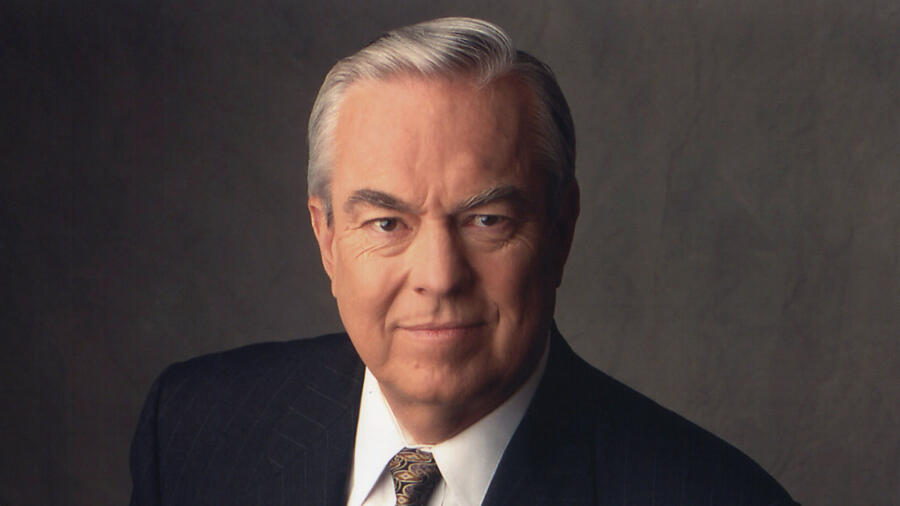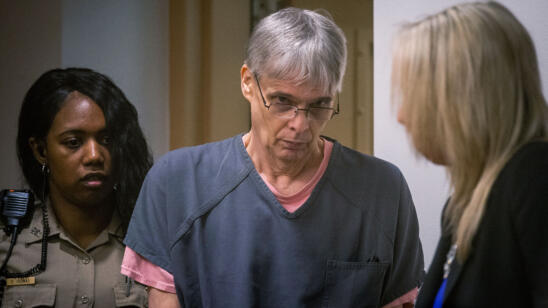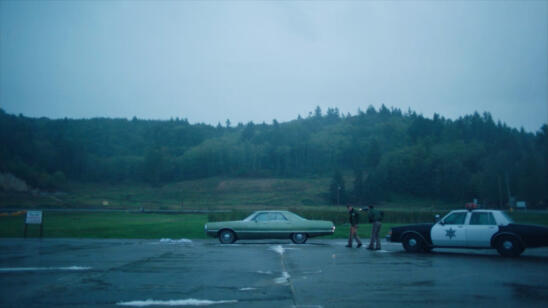Bill Kurtis is the original host of A&E’s original true crime series, Cold Case Files. The series, which featured 135 episodes from 1999 to 2017, returned in August 2021 with new episodes–and Kurtis as its narrator once again.
Kurtis has worn a lot of hats in his life–anchor, journalist, TV host, author, documentarian, spokesman. But even those unfamiliar with his accomplishments are apt to recognize his voice–rich, resonant and profoundly memorable.
[You can stream episodes of Cold Case Files on A&E’s site and apps.]
Kurtis spoke with A&E True Crime about Cold Case Files and what his job is like.
How do you feel about the return of Cold Case Files?
I love it. I am thrilled. How many times in life do you get to go around the second time with all the experience you’ve accumulated in 20 years? Since we did our last of the Cold Case Files episodes, there have been a lot of new cold cases that have come up–and therein lies new life for the series. Especially now, with the boom in interest in true crime.
What do you like best about the series?
What makes me feel good is the knowledge that is communicated during the show.
In the ’90s, the polymerase chain reaction (PCR) machine was just coming into view and was just beginning to turn over wrongful convictions. We’ve now gone from using DNA to solve cold cases to using genealogical DNA [where law enforcement uses commercial DNA databases to trace the biological relatives of suspects]. They are figuring out how to use it in creative ways to follow that string of clues.
Will viewers see any changes to the show?
No. None that I want and none that I really see. The producers know what they are doing.
What is the key to effective narration?
Focusing on the story. You’re concentrating on focusing on, and picturing, what the viewer is seeing. Voiceover should not stand out that much. It should be a guide for the viewer. You should leave the viewer with the impression you are simply watching the show along with them, and simply adding acts as you go along. You want to sound as if you’re there in the moment, watching the development of the pictures. You can’t just go in and record voiceover material script without some connection. You’ve got to immerse yourself. At the tense moments, you go a little slower. You lay down your dramatic art, then you peak it at the end of the third quarter and wrap it up in the fourth quarter of the show. You are holding the suspense clue by clue, pivot point by pivot point, and you reach that point of excitement.
How long does it take to do narration?
The joke goes like this: ‘Let’s see how much copy there is. OK, [I say it will take] about 35 minutes. How long will it take? About 35 minutes.’ It’s kind of like riding a bicycle for me.
Is there a Cold Case Files episode that has stayed with you over the years? [Editor’s note: Kurtis pointed to the murder of Doris Ann McLeod, a runaway from Illinois whose body was found in 1991 in a wildlife preserve in Dane County, Wisconsin. The case was featured in the Cold Case Files episode “The Boy and the Monster/Secret in the Cellar” in January 1999.]
[McLeod’s] fingers had been cut off, so they couldn’t identify her. The detectives go to the house where she allegedly was [before her death] and there was nobody there except a 3-year-old boy. They asked the boy if he knows where she was, and the boy nodded his head. They asked, ‘Where is her room?’ and he pointed to the basement.
The detectives followed the little boy into the basement and there was not much there. They asked him, ‘Where did she sleep?’ and he pointed up to a corner in the ceiling where her body had been tied. [The boy’s father, a pimp and gang member named Joseph White, was found guilty in the murder and sexual assault of McLeod.]
It’s a natural story to be told, but it’s just horrific.
Are you a true crime buff in your personal life?
I am. I can’t help it. Cold Case Files Executive Producer Laura Fleury wanted to do a series called Kurtis Konfidential [in the mid-late 2000s]. If you go into her office, she has a cartoon with [me] in shorts, ready to go on vacation… but he can’t go on vacation because everywhere he goes, somebody wants to talk about a murder.
Oh yeah?
I’ll give you an example. I was on the board of the National Park Foundation and flew up to Acadia National Park [in Maine]. I landed at 2 in the morning and there was a nice big black car with a nice driver waiting for me.
The driver asked if I’d like to go the scenic route, or the route where there was the last [local] murder. So we went to the murder scene.
We couldn’t even see the pond where the body was found, but the driver was taking great pains to tell me all the details of the case, saying it was never solved and it would make a great cold case.
Do people ever recognize you based on your voice?
Yes! Sometimes I will call information, and it will take the operators maybe 30 seconds and they will say, ‘You know, your voice is really familiar. Are you that guy on the mystery show?’ They will very often say, ‘We’re such fans, we even tape it.’
I will go to the airline counter to pick up my ticket and I’ll say, ‘Do you have a ticket to Albany?’ or something similar. It doesn’t take much more than that, and heads will turn down the counter. And they know.
Related Features:
Watch Full Episodes of Cold Case Files
How a Group of Active and Retired Homicide Investigators Anonymously Solve Cold Cases
What Are Some of the Oldest Cold Cases That Have Recently Been Cracked Open?


